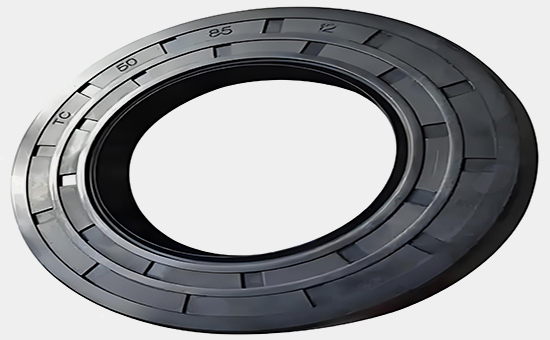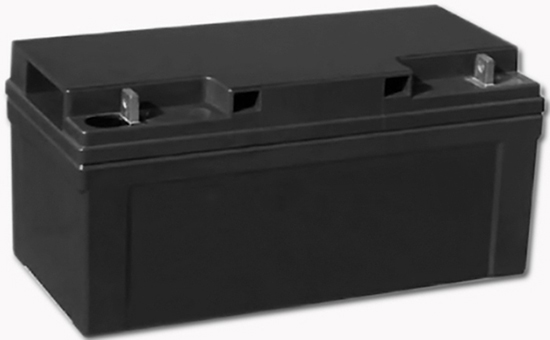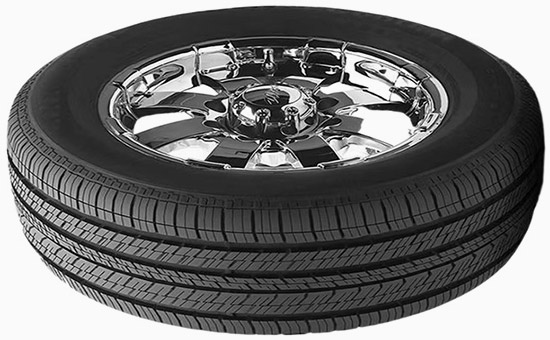
Hardness is an important index to characterize the rigidity of rubber materials, and refers to the ability of rubber materials to resist external force pressing. When using reclaimed rubber to produce rubber products with high hardness requirements, the formula of rubber products should be reasonably designed, especially the vulcanization system, reinforcing filling system and softening system, so as to meet the needs of more high-hardness rubber products, continuously expand the application range of reclaimed rubber in rubber products, and effectively reduce production costs.
1. Key points of design of vulcanization system for high-hardness recycled rubber products
When using reclaimed rubber to produce high-hardness rubber products, the cross-linking density increases, and the hardness increases linearly; The size of the cross-linking density is achieved by adjusting the variety and dosage of vulcanizing agent, accelerator, co-villing agent, active agent and other compounding agents in the vulcanization system, mainly the variety and dosage of vulcanizing agent and accelerator.
Sulfur is the most commonly used vulcanizing agent for reclaimed rubber products, the hardness of reclaimed rubber vulcanized rubber can be adjusted by adjusting the amount of sulfur, and the hardness of the general rubber increases with the increase of sulfur content: the amount of sulfur in soft rubber is 0.2~5 parts; more than 5 parts are semi-hard rubber; the amount of sulfur is 35~50 parts, it can be made into hard rubber with high hardness and even cross-linked saturation. When choosing sulfur vulcanization for high-hardness recycled rubber products, due to the large amount of sulfur, we must pay attention to the uniformity of sulfur dispersion in the rubber.

When the sulfur-accelerator system is used in high-hardness rubber products, the rubber compounds using thiuram and carbamate overspeed accelerators will have higher hardness and tensile stress than thiazoles and hyposulfonamides.
2. Key points of design of reinforcing system for high-hardness recycled rubber products
When using reclaimed rubber to produce high-hardness rubber products, the variety and amount of rubber reinforcing agent have a great influence on the hardness of vulcanized rubber; The hardness of reclaimed rubber vulcanized rubber is increased E5LYY18 greater. At the same dosage, the structural effect is most obvious (rubber retention effect). There are more voids in the carbon black aggregate with high structure, and the effective volume fraction of rubber macromolecules in vulcanized rubber is also reduced correspondingly. The smaller the silica particles, the higher the hardness of the compound.
3. Key points of design of softening system for high-hardness recycled rubber products
The addition of softener in the formula of high-hardness reclaimed rubber products will relatively widen the distance among the rubber molecular chains, weaken the intermolecular force, and cause the hardness of rubber to become smaller. Generally speaking, the chosen softening plasticizer has good compatibility with rubber to prevent spraying and avoid volatilization, migration and extraction of the softening plasticizer during the vulcanization process or the use of the product, otherwise it is impossible to ensure that the hardness of the product is maintained within the allowable range.

4. Hardness estimation method of recycled rubber products
When using reclaimed rubber as the main raw material to produce rubber products, the hardness = basic hardness of rubber + the amount of filler (or softening plasticizer) × hardness effect value is estimated. For hardness effects, 1 part of operating oil can offset about 1 part of carbon black. In other words, in order to maintain the same hardness of the rubber compound, if you increase the processing oil by 1, you need to increase the carbon black by 1, and if you reduce the processing oil, you need to reduce the carbon black by 1 at the same time.
The hardness of the rubber compound is determined by the surface area and structure of the carbon black. When the carbon black used has a very low or very high surface area and structure, the general principles derived from N330 carbon black need to be modified. For example, for compounds with N660 carbon black, 0.7 parts of operating oil is required to offset 1 part of carbon black in order to maintain its hardness, while 1.3 parts of operating oil is required to offset 1 part of carbon black for N734 carbon black.

5. A method to quickly improve the hardness of recycled rubber products
(1) Add high styrene: It has good mechanical properties and elasticity, which can give reclaimed rubber products better aging resistance, higher hardness and rigidity, greater mechanical strength and tear strength.
(2) Use hardener: The use of alkyl phenolic resin/hardener combined system, benzoic acid, etc., can effectively improve the hardness of reclaimed rubber vulcanized rubber.
When using reclaimed rubber as the main raw material to produce high-hardness rubber products, what other measures can be taken to improve the hardness of the rubber compound? Later, the editor will continue to discuss related issues with you.
Exclusive original article [commercial authorization] reprint, excerpt and excerpt in any form are prohibited without written authorization. Focus on Hongyun rubber: learn the process formula and raw material technology of producing rubber products from recycled rubber to help you reduce costs and increase profits